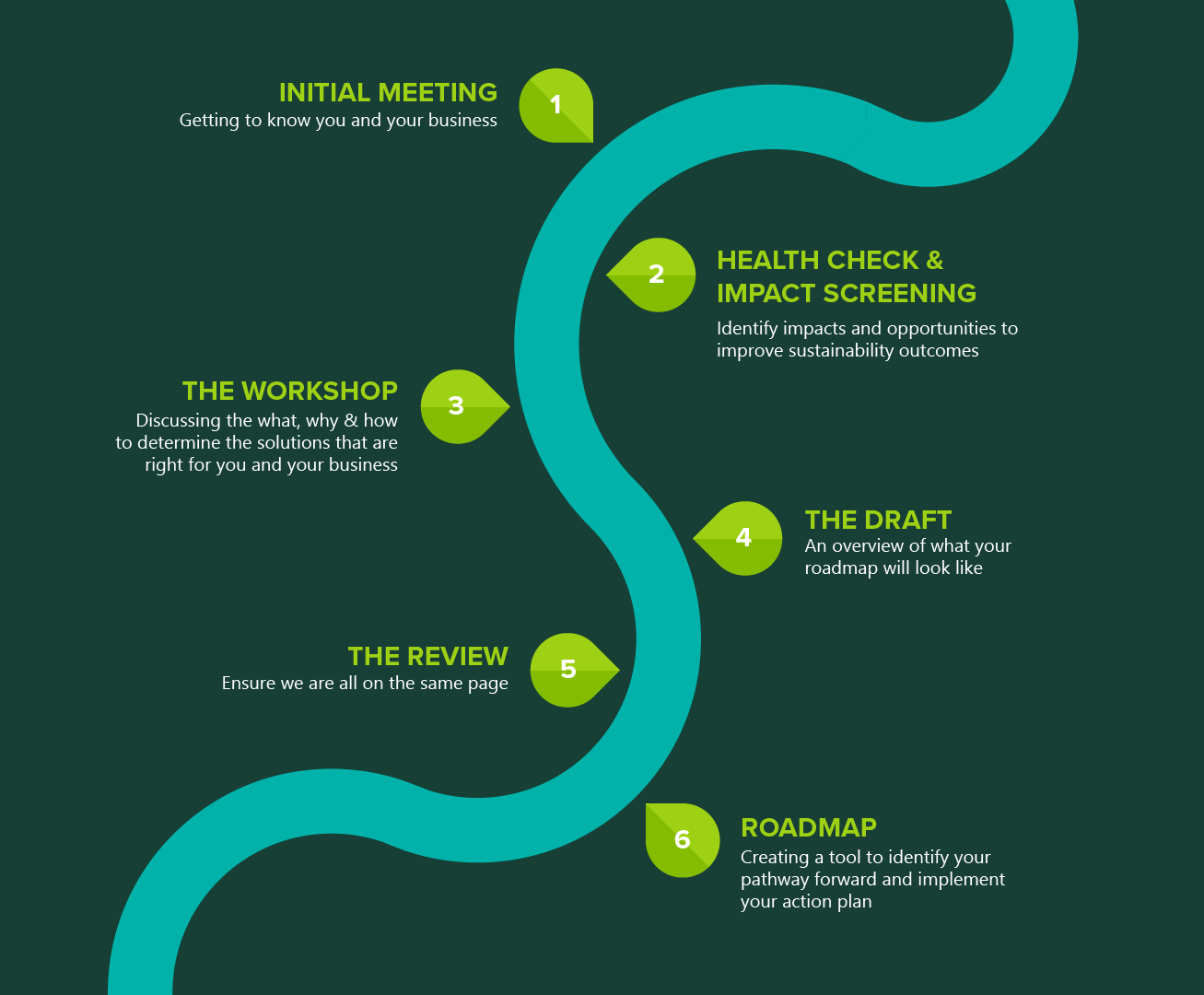.jpg)

.jpg)


Sustainability reporting is a valuable tool to help organisations increase their transparency and communicate their performance and commitment to environmental, social, and governance (ESG) values.
At Morphum, we not only support clients with sustainability reporting – we walk the talk. Our own reporting follows the Global Reporting Initiative (GRI) standards, and our upcoming 2025 report will align with the UN Sustainable Development Goals (SDGs). We use our hands-on experience to support our clients on their reporting journey.
Sustainability reporting is the disclosure of an organisation’s environmental, social, and governance impacts. It enables an organisation to communicate to all relevant stakeholders how they manage risks and contribute to overall sustainable development.
A sustainability report typically outlines:
Globally recognised reporting standards such as GRI provide a consistent framework that allows for comparison and monitoring of progress.
Sustainability reporting acts as a useful and strategic tool that can help:
In New Zealand and Australia, sustainability reporting is increasingly expected by public agencies, major clients, and financial institutions.
GRI is the most widely use global framework for sustainability reporting and provides indicators across a broad range of topics and supports organisations of all sizes in all sectors.
Increasingly considered best-practice, by integrating the Sustainable Development Goals (SDGs) into GRI reporting, organisations can align their impacts to established sustainability targets and demonstrate their contribution to global priorities.
At Morphum, we use this approach to align to broader sustainability goals.
Morphum helps organisations scope and produce reports that align with their operations and sector. A typical report includes:
Sustainability reporting isn’t a one-off task and should evolve as your organisation evolves. At Morphum we provide ongoing support including:


.jpg)
.jpg)

